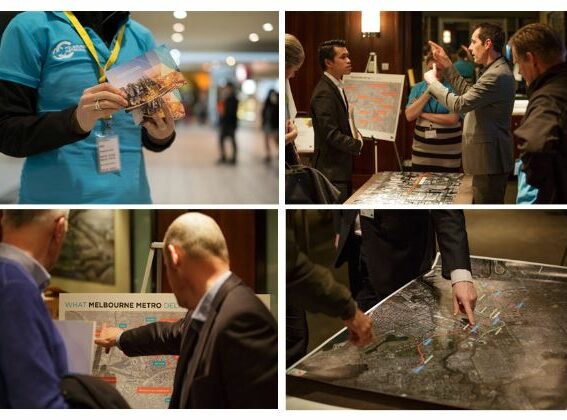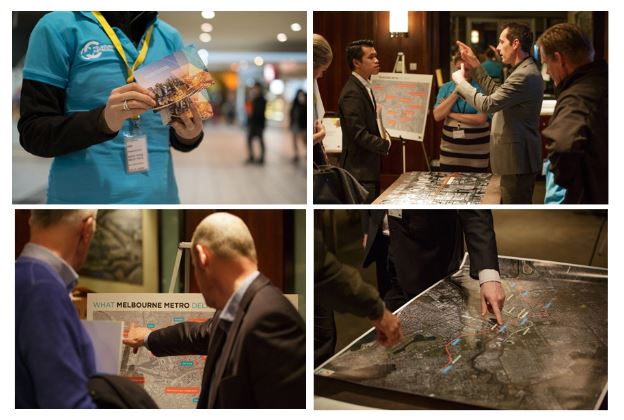

Tips for effective engagement on mega projects
Effective engagement for mega construction projects in general are needed. These large projects with a capital cost in excess of US$1bn, involve a huge number of participants, having significant social and economic impacts, extensive works, large geographical coverage and close connection to other major developments.
These projects often involve a vast number stakeholders of diverse occupational and professional backgrounds who have different levels and types of interests and influence in the project. The complex and uncertain nature of these projects require an effective and disciplined stakeholder engagement approach to accommodate conflicting stakeholder interests to achieve optimum project outcomes.
Critical Factors for Stakeholder Engagement in Mega Projects
Some critical success factors for stakeholder engagement in mega projects include, but not limited to, the following:
- Comprehensive identification of stakeholders, their interests and needs, stakeholder impacts and their relationships
- A robust stakeholder engagement plan that provides clear objectives, strategies, and expected (measurable) outcomes for each stage of the project development
- Utilise a range of communication channels including the local networks to reach different segments of the affected population
- A stakeholder prioritisation roadmap is important when dealing with a large number of stakeholders with different types and levels (and often conflicting) interest
- Prompt communication, especially in dealing with a large volume of stakeholder enquiries at the peak of construction
- A well-functioning mechanism to redress grievances and complaints
- Proactive social participation and continuous presence in the affected community to build grass-root relationships, and to address concerns promptly
- An effective system to help manage the stakeholder engagement program, capture and analyse stakeholder feedback to enable informed decisions on project designs and impact mitigation measures.
Tips for Managing Stakeholder Engagement from Metrol Tunnel, Victoria’s Largest Major Public Transport Project
The Metro Tunnel is a $10.9 billion project that will start the transformation of Melbourne’s rail network into an international-style metro system. It is a critical city-shaping project and the largest public transport project for Victoria.
The Environment Effects Statement (EES) for the Metro Tunnel was approved in December 2016. Works to prepare sites for construction commenced in late 2016, with work on the tunnels and stations due to start in 2018.
The Melbourne Metro Rail Authority (MMRA) is the Victorian Government body responsible for delivery of the Metro Tunnel. MMRA has been proactive in engaging with the community right from the start and throughout every stage of the project development. Various communication channels were used to support the formal phases of engagement. Some impressive consultation statistics for the EES engagement are below.
- 19 community drop-in sessions, over 1,500 attendees
- 180 meetings and 50 presentations
- 8,100 online engagement portal visits
- 2 newsletters to over 200,000 properties
- More than 1,200 enquiries receive


Engagement during the Environmental Effect Statement (planning phase). Photo credit: MMRA
Like many mega projects in mega cities, the Metro Tunnel development faces a number of social challenge, including managing disruption to road users, public transport users and providers, residents, local businesses, and city events. To overcome these challenges MMRA engages with stakeholders through their established channels to keep people informed of the project construction schedules and disruptions, to address time-sensitive issues as quickly as possible, and to coordinating a vast and complex amount of work happening concurrently across Melbourne to minimise impacts whenever possible.
There is also a challenge in managing a vast number of consultation events and a large volume of stakeholder feedback to understand stakeholder issues and trends, and incorporate feedback into project designs and decisions whenever possible and practical. Feedback received during the planning phase has informed some major design changes such as the decision to move the location of Parkville Station to minimise impacts on key medical, educational and research institutions in close proximity to the project.
Recently we spoke with Dave Kristy, Manager, Communications and Stakeholder Relations at MMRA and asked him to share his thoughts and experience on how the team has been managing the stakeholder engagement program.
To learn about how MMRA manages the stakeholder engagement on this mega project and read the interview with Dave Kristy, download the full case study.

